Overview
Map
Other Details
كنيسه مار نوهرا
Ain Ed-Delbeh Jbayl
Keserwan
Mount Lebanon
كنيسه مار نوهرا - عين الدلبةبُنيت الكنيسه أواسط القرن التاسع عشر ، وترمّمت على عدّة مراحل. هي مكرّسة على إسم مار نوهرا وهو لقبّ سريانيّ للقدّيس لوجيوس، يعني النور. اللوحة الاساسيّة من روما تعود لسنة ١٩١٠. أمّا اللوحة القديمة للقدّيس، فهِيَ من عمل كنعان ديب الدلبتاوي. في الكنيسه مذبحُ لعذراء غوادالوبي لوحته مستوردة من المكسيك سنة ١٩٢٠.The church of St Nohra - Ain el DelbeThe church was built in the mid XIXth century, and restored many times. The church is consecrated to St Logiue who’s named nouhro, which is the syriac translation of the word "light". The painting over the high altar is made in Rome in 1910. The old one over the side altar is the work of Kanaan Dib. Another side altar is dedicated to the Virgin of Guadalupe, and it is a donation from the village’s expats in Mexico in 1920.
Visited 4932 times, 2 Visits today



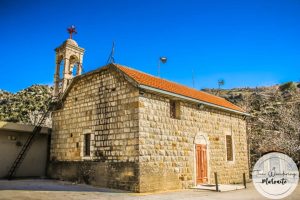
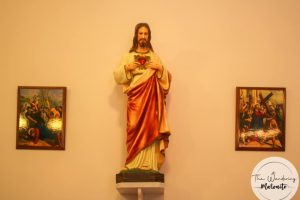

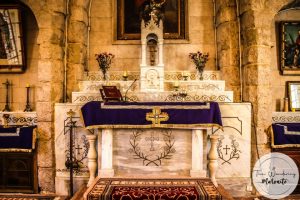
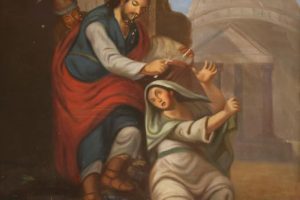
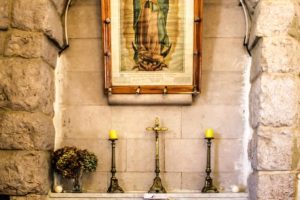

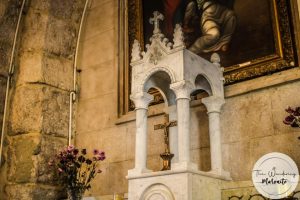
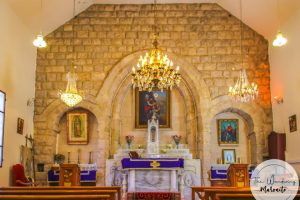












Reviews are disabled, but trackbacks and pingbacks are open.